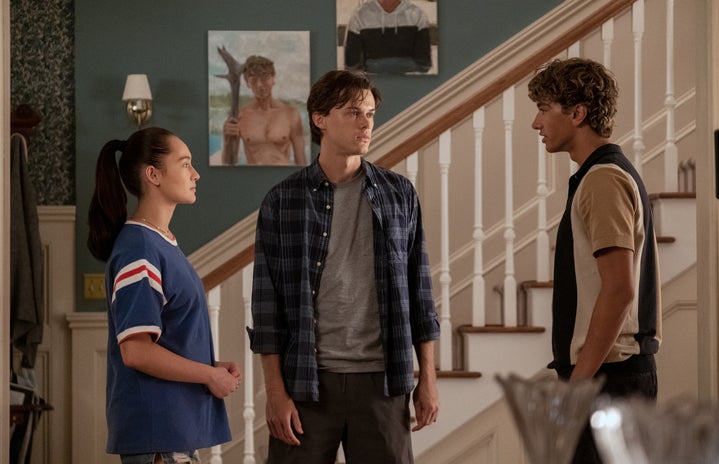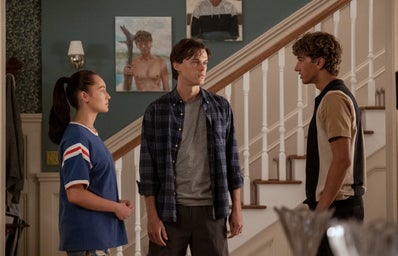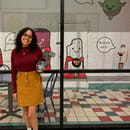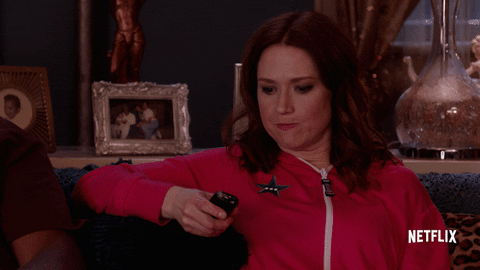Watching Netflix’s new show My Life With The Walter Boys made me contemplate the science behind the creation of love triangles and understand their widespread popularity. As we are all familiar, a love triangle is a scenario commonly depicted in television and other forms of media where two individuals compete for the affection of a third person. But what is it that makes love triangles so addicting to watch, and what common components do they typically share in their portrayals, creating the formula for their popularity?
Firstly, we should start with the main character, who is usually the most important in the story. However, when it comes to love triangles, though still essential, they may not be the primary focus for viewers. This often results in protagonists who may seem bland, whose primary purpose is to choose between two romantic interests. Examples include Joo-kyung from True Beauty, and Bella from Twilight. These characters show little to no character development, repeating the same mistakes and causing the audience frustration. A valid reason for authors to write main characters this way is to help viewers connect with and see themselves in the characters, encouraging a sense of self-insertion. However, it just tends to come off as lazy writing. Additionally, a common trend among the central characters in these stories is the presence of trauma, loss of a family member, or a life-altering change that significantly shapes their personality, influencing how other characters interact with them.
The second factor to consider is the two love interests, crucial components of a love triangle that make it both possible and interesting to watch. To achieve this, you need two entirely opposite characters. This contrast adds intrigue and allows the audience to choose their favorite side based on personal preferences, enhancing the overall appeal of the love triangle. Another important point is that both romantic interests need to have some type of connection to each other. They can be best friends, enemies, or, in recent cases, brothers. This connection makes the story more interesting, perhaps because there is something at stake in either decision the main character makes.
Taking this into account, it’s common for one of the love interests to be a person with a tough exterior but a soft side. They also tend to carry some type of burden that makes them behave this way. Despite making questionable decisions that may hurt the main character, they are often forgiven due to having a special place in their heart. These morally ambiguous characters are popular and typically favored by the audience. Take Cole from My Life with the Walter Boys, Conrad from The Summer I Turned Pretty, and Damon from The Vampire Diaries for example. The main character often favors them, whether it’s because they were their first love, are a popular figure, or the first person to catch their attention. Furthermore, though not always, they tend to end up with the protagonist.
On the flip side, the second love interest, as mentioned earlier, is the opposite; they are sweeter and show more direct care for the main character. They represent the morally correct choice yet still face a disadvantage compared to the other love interest. It’s rare for the main character to choose them, which has created a common term known as the second lead syndrome, meaning the viewer tends to pick this romantic interest in most love triangles and always ends up disappointed. These characters make genuine sacrifices for the main character and are consistently there for them, only to be often overlooked. For instance, consider Alex from My Life with the Walter Boys, Jeremiah from The Summer I Turned Pretty and Do-hyeok from Nevertheless.
With all of this in mind, the most important thing to note is that this type of narrative is meant to engage the audience in picking sides and sparking discussion about who is a better choice for the main character. This dynamic is what keeps people invested in consuming media with love triangles and what has made them such a popular trope. The mentioned elements are just a few of the common occurrences in many existing popular love triangles, which have led me to think that they collectively form the formula for success.





